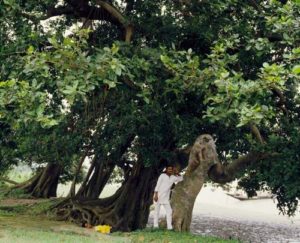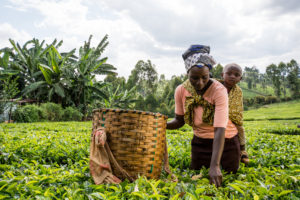The ‘Rainfall recycling’ as a landscape function: Connecting SDGs 6, 13 and 15 Discussion Forum was held at the Global Landscapes Forum (GLF) Bonn on Dec. 19, 2017.
Climate change is a reality and, for those most affected by it, it is often experienced as a change in the most basic commodity: water. Drawing on the insights of farmers and local communities, this session examines the role of forests in regulating the water cycle.
New research suggests that vegetation plays a critical role in the frequency and intensity of rainfall. This discussion forum will explore the implications on the many areas affected by these effects — land restoration, water management and climate change adaptation — toward an integrated approach for land/water and climate for the SDGs.
The discussion forum will build on a successful online symposium that took place in May 2017. The discussion will also discuss highlights of the current Global Forest Expert Panel (GFEP) on forests and water, which is expected to issue a policy relevant global assessment report in the first half of 2018.
The session was hosted by the CGIAR Research Program on Forests, Trees and Agroforestry (FTA) with the International Union of Forest Research Organizations (IUFRO) and Swedish International Agricultural Network Initiative (SIANI).
This video was originally published by the GLF.













